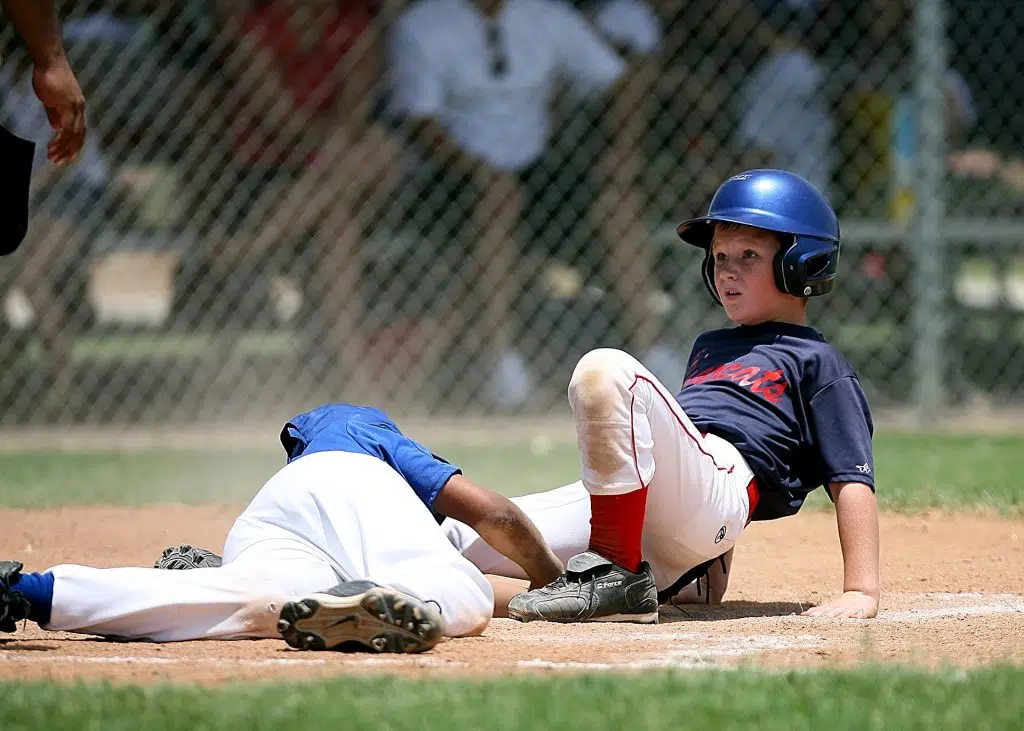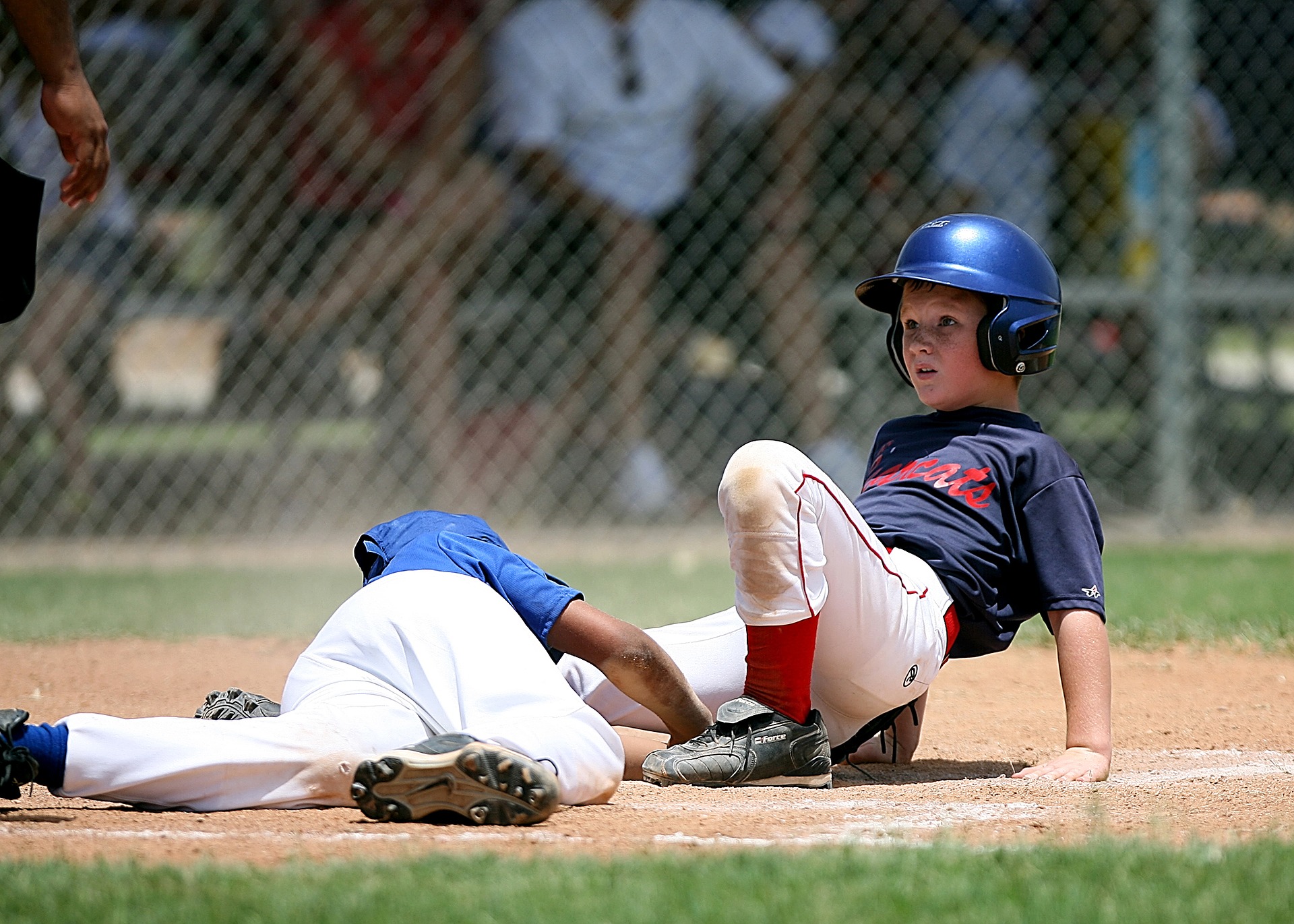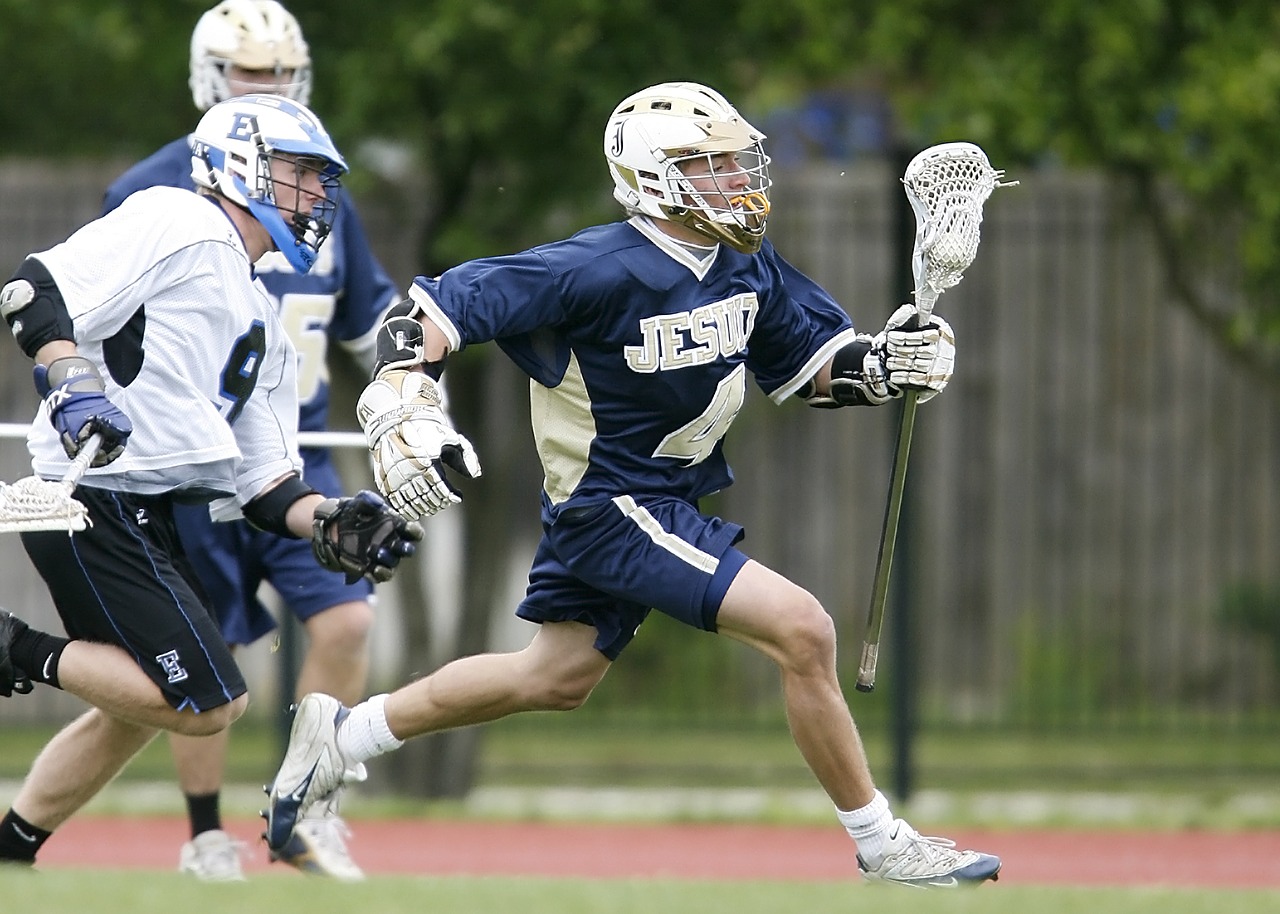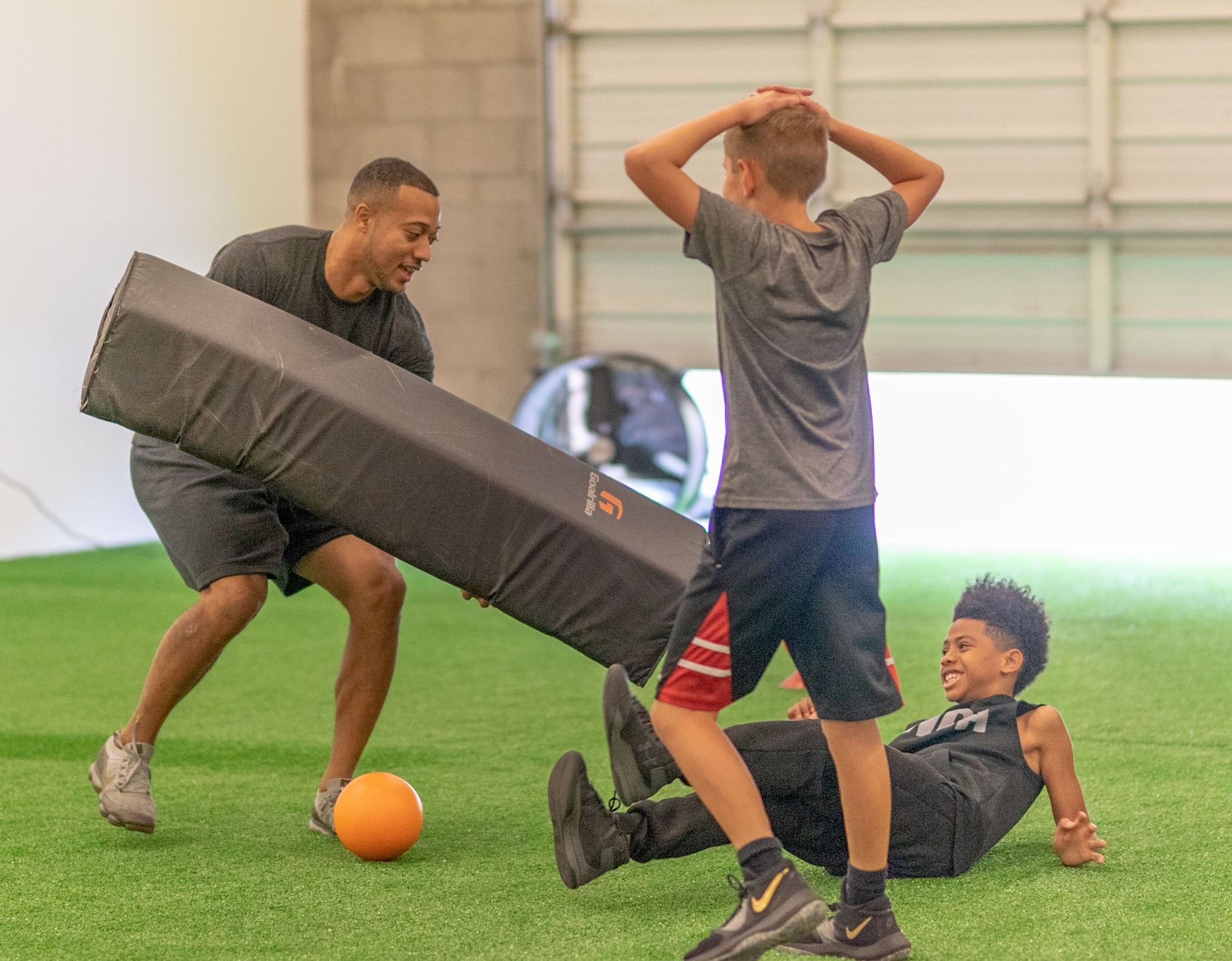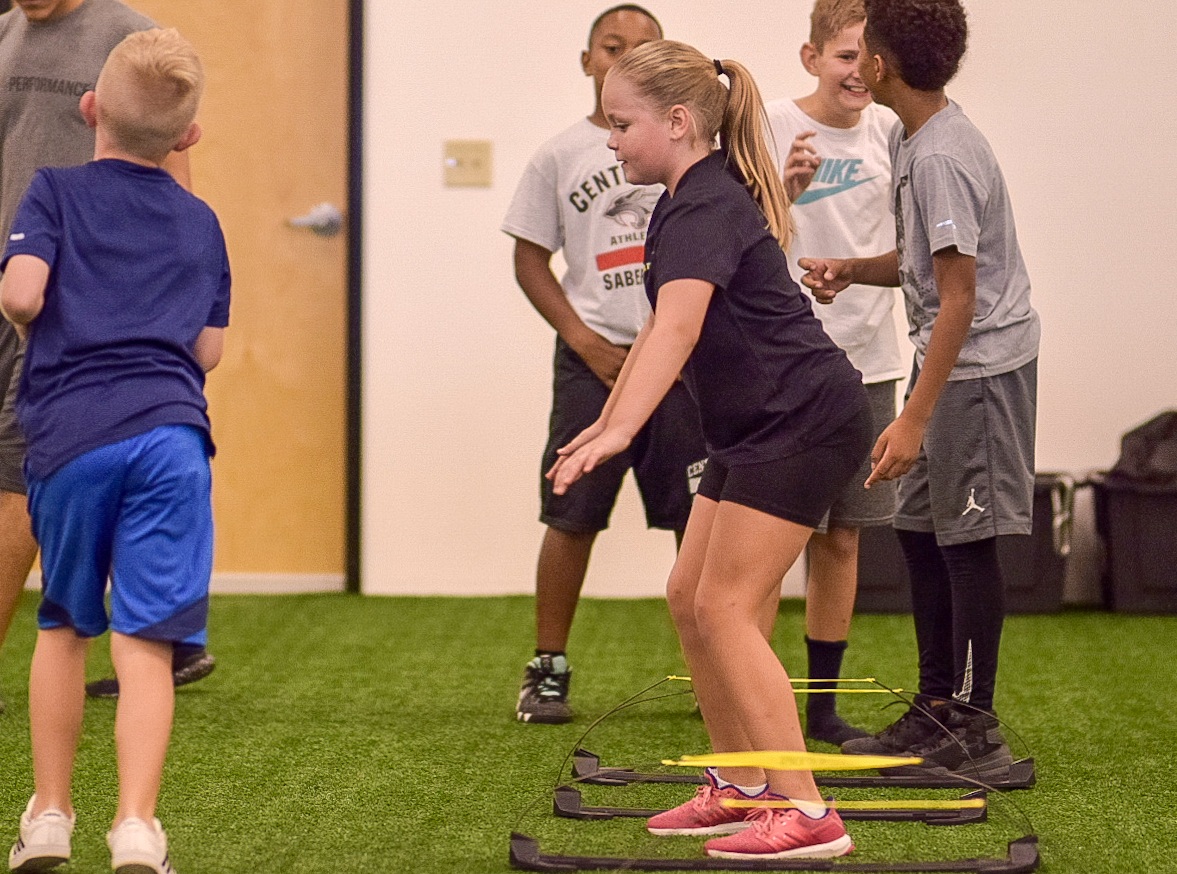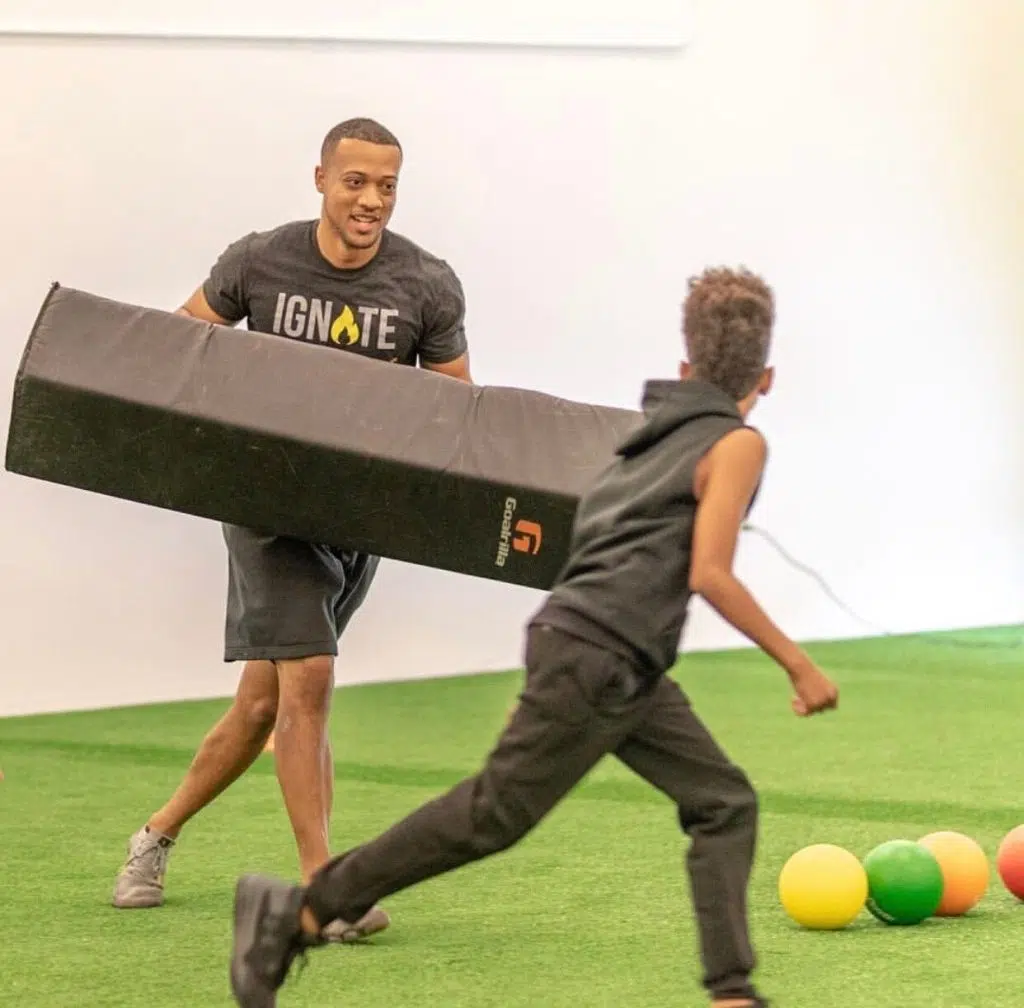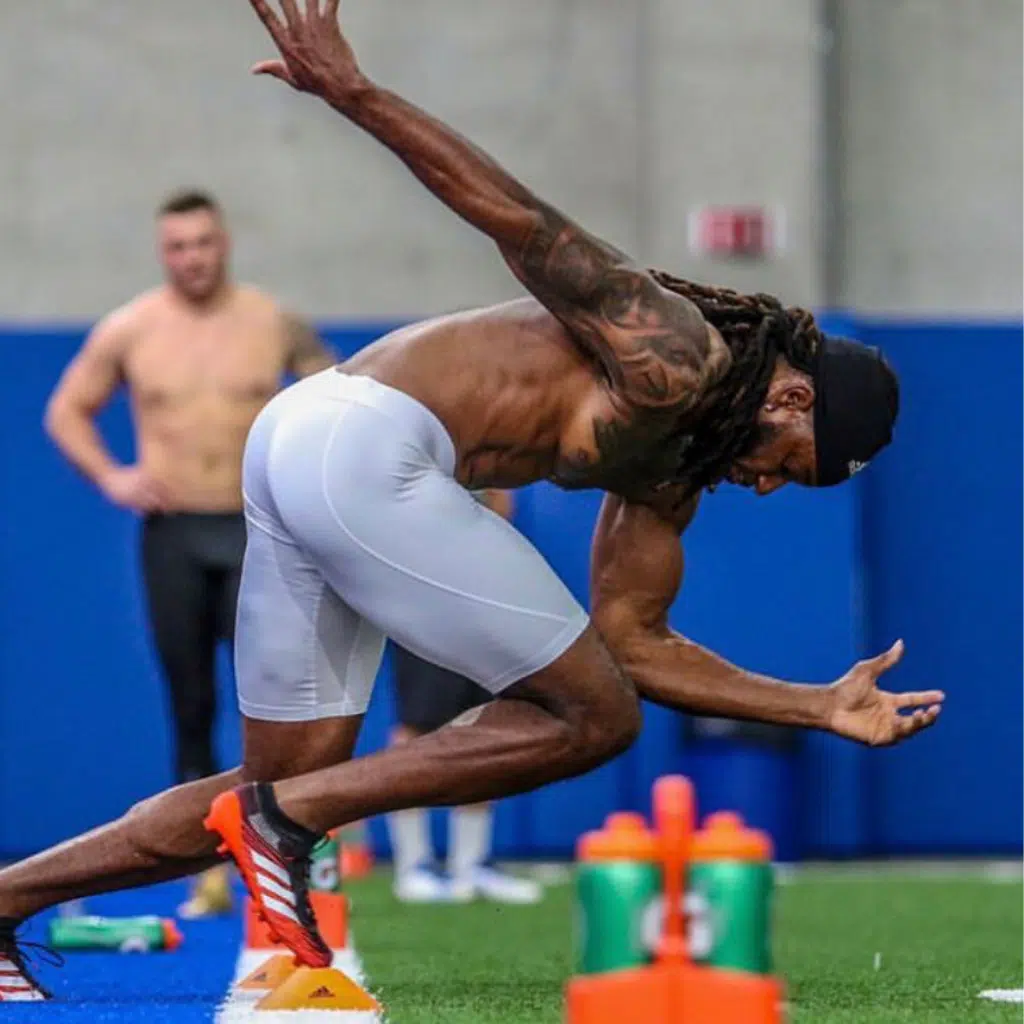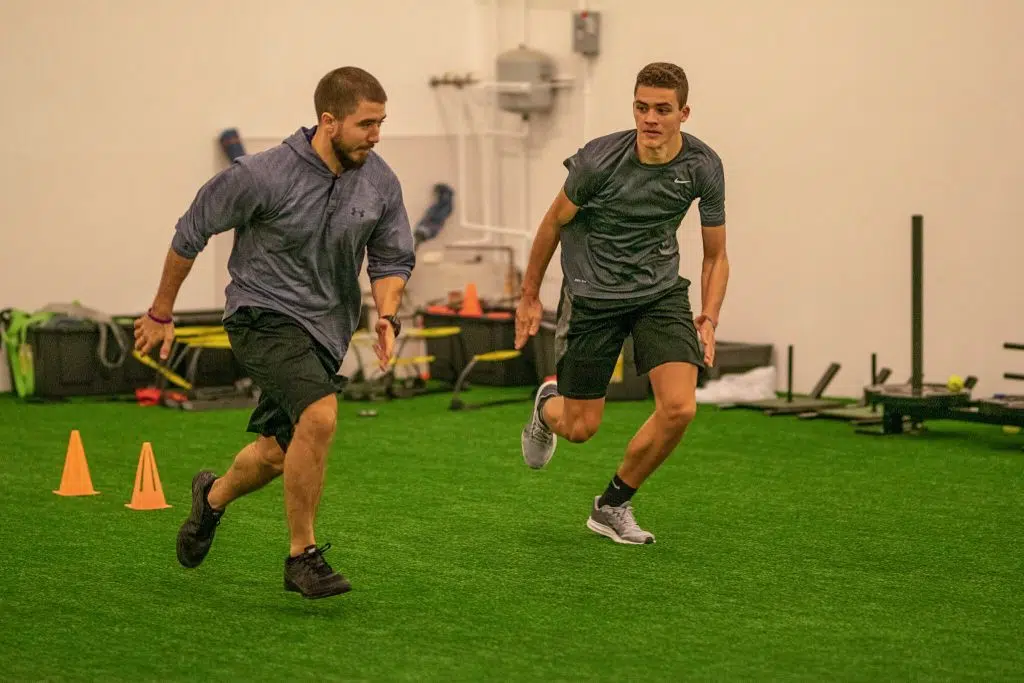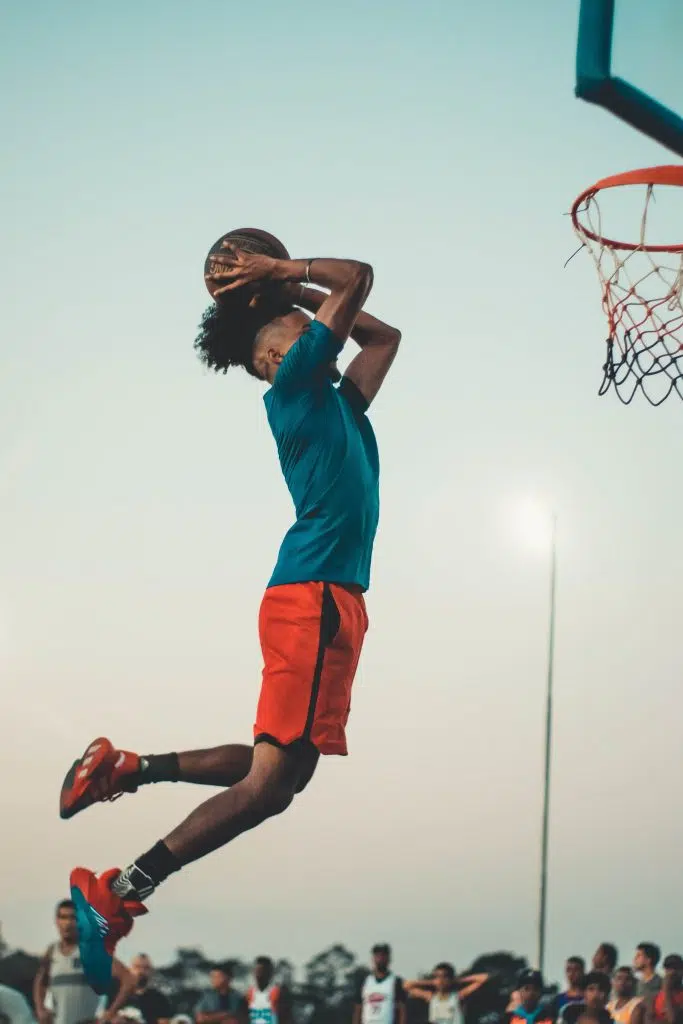Growing up, playing sports were some of my favorite memories. I had the most fun, made my most growth, and made some of my best friends playing sports. Playing sports itself, is an inherently pure thing…After all, it’s just a game.
As of 2018, only 38% of kids 6-12 are participating in youth sports, which is down from 45% in 2008. That decline is staggering. Many kids are now missing out on what should be, some of their best life experiences.
We clearly have a problem, and the kids are not to blame. As adults, we’ve somehow screwed this up. We are systematically destroying America’s young talented athletes. And here’s how we’re doing it.
What’s The Problem?
In a word….Expectations. As the status of youth athlete has risen from neighborhood pick up star to viral celebrity on “Ball is Life”, so to have the expectations. Basketball is an extreme example, but similar pressures face athletes of all sports. Parents, coaches, and place expectations on these athletes and often forget what they are…kids.
Parents expect that their kids will make all state and get D-1 scholarships. Coaches expect that their athlete will play club ball, participate in their pre-season camp, and bring their “A” game every time they hit the court. But what do the kids want?…We are placing serious adult expectations on young kids who are still developing, and almost never emotionally mature enough to handle them. We need to allow them to grow physically AND mentally. I’ve seen that those expectations and that pressure destroy the very game that these athletes love.
The Cold Hard Truth
Every little league parent thinks their son is going to be the next Mike Trout. Problem is, that’s extremely unlikely to happen. In fact, according to the NCAA statistics, only 0.5% of High School baseball players will play professionally. Here are statistics from other sports:
-
2.0% of all NCAA college football players will play pro
-
0.03% of all boys High School Basketball players will play pro
-
1.0% of Women’s College Basketball players will play pro
Who’s to Blame?
Club Teams
As some of you may know, youth club sport teams have gotten some bad press lately. This is especially true of AAU Basketball. However, let me also say that there are some really good things about club sports. I had a great experience playing AAU basketball growing up. Playing club sports allows you to not only play against the best competition in your state, but sometimes even the best in the country. It also allows for more high level games and provides exposure for young athletes that otherwise may not get it.
Now for the bad stuff…Do you guy know that there are club teams that have athletes as young as SIX years old?? (6 freakin years old!!)…Whatever happened to letting your kid play ball against kids from the neighborhood? The time for youth athletes to explore and play sports with without expectations is getting shorter every year.
“7 out of 10 olympic athletes grew up as multi-sport athletes ”
Year Round Sports
Unfortunately this has also lead to the spawn of year-round sports, and that’s a whole different ball game. A recent research article stated that kids under the 10 are typically not mentally prepared for the rigors of year-round training. This is also an issue as youth athletes progress into the high school ranks. Instead of of letting their body rest after the season, they are immediately into club ball for that very same sport. The rise of club teams and year round sports has lead us to my next topic…
Early Specialization….The Death of the Multi-Sport Athlete
For some parents, the thought is “let me get my kid involved in ____ as soon as possible” They often believe that the sooner the their kids get going, the sooner they can reach “elite” status. So kids have started to become single sport athletes much sooner than in the past. More time playing the game, better results right?
However, this thinking is faulty. There are many issues with early specialization. Athletes who specialize too early significantly increase their risk of injury and burnout. In fact early specialization is the exact opposite of the approach we should be taking. By playing the same sport all day, athletes repetitively expose themselves to the same physical stressors over and over again. We should be encouraging our young athletes to play multiple sports whether competitively or recreationally.
A survey conducted by the United States Olympic Committee showed that 7 out of 10 Olympic athletes grew up as “multi-sport” athletes, and most called it valuable. In my opinion, the athletes who grew up playing multiple sports tend to be more well rounded and adaptable. Remember, Lebron James played football all the way until he was a junior in high school. If most elite athletes in our country were raised with the multi-sport approach, then why aren’t we emulating that with our kids?
Sports like lacrosse are emerging as popular secondary sports
Ramifications for Parents
Burnout
Athletes who specialize early are subject to increase burnout rate, and increased risk of injury. I’ve seen it in my own experience with athletes. Athletes can simply get “sick” of playing a sport and it no longer becomes fun.
Strength training is especially important for female athletes
Solution:
Allow you kids the opportunity to play multiple sports. Or at least allow them to have a “secondary” sport that that will compliment their main one. For example, a football wide reciever, would benefit greatly from the hand eye coordination it to play lacrosse. The most well rounded athletes have diverse skills and movements that they gain from experience playing other sports. For example, a football wide reciever, would benefit greatly from the hand eye coordination it to play lacrosse.
Increased Injury Rate
Let’s look at youth baseball, and more specifically, pitchers. Studies have shown that kids ages 9-12 who throw more than 600 pitches per year and 75 per game have an increased risk of Tommy John (torn UCL in elbow).
Solution:
Encourage your kids to take breaks after the season. This is especially true with a sport like baseball where overhand throwing an put extreme stress on the body. Also, pump the brakes on all the “special” coaches. Instead of signing your kid of for pitching lessons and camps to increase their velocity, encourage the to get stronger and more flexible. This will increase their velocity and also allow the to rest their arm.
Unhealthy Adults
Another issue with the current climate of youth sports in this country, is that the ramifications are felt long after the athletes stop playing sports. When kids are pushed too hard, they often develop negative relationships with exercise spanning into adulthood. With their playing career over, there can be an apathy, and even resentment with exercise. This often leads to unhealthy habits and choices as adults.
Solution:
Make sure the athlete understands that there is a life outside of sports and encourage them to enjoy it. Focus on goal setting outside of sports and ways they can improve themselves as a person.
How Do We Address The Problem as Coaches
As coaches, we often have a greater impact than I think even we realize. Our role doesn’t just stop at the gym. We often are advisors, nutritionists, counselors, and even friends. With that being said, it’s a serious role and we must treat it as such. We set the tone for the athlete’s athletic future. A negative first exposure to a sport greatly affects how an athlete views the sport entirely.
Allow Athletes to Just Play (Ditch the Technical Model)
Often times, youth speed and agility programs take a regimented, precise, and often militaristic approach to their program. You often see this approach taken with college and professional sports teams. Here’s the problem, these athletes are either in college or high school. This approach to training does not work and is not effective for this age group.
The positive correlation between play and problem solving been highlighted many times. With research showing that an increase in play improves language skills, and reduces social and emotional problems. The problem is there are less and less opportunities for young kids to play. Whether through budget cuts in schools or the destruction of local parks, playtime is being diminished.
An environment where kids can make mistakes and “play” is highly beneficial
Create A Positive, Encouraging Environment
It seems like every few months a video of some youth sports coach berating a kid goes viral. Personally, I think these videos disgust me. There is nothing worse than an adult robbing the joy out of something that should be fun for a kid.
With a recent survey showing that most kids quit sports by age 11, the fun is clearly being sucked out of the game for youth athletes. Instead of creating a win-at-all-cost environment of fear and negativity, athletes should encourage their kids to take chances and make mistakes. At the end of the day, the outcome of an 11 year old’s basketball game has very little impact in the greater meaning of their lives.
Movement First
One of the best things a coach can do for any youth athlete is expose them to a wide ranging variety of diverse and varied movements. At Ignite, while we still believe in strength training, we take a movement based approach with out athletes. Our program emphasizes speed and agility, often putting the athletes in situations they don’t always see often i their sport.
With novice athletes, they must first improve their overall movement capabilities first before getting too specific and worrying about the fine details. Plus, that same athlete that you just spent 4 weeks with striving for “perfect “ top end speed mechanics may hit a 5 inch growth spurt over the summer, rendering all that technical work you did useless.
As youth sports have grown in scale, certain things have certainly improved. Coaching, resources, and exposure has increased exponentially. But we’ve also gotten further away from what they are really supposed to be…FUN
.And as any good coach would tell his team after a tough loss, it’s time get back to basics. Let the kids play.

